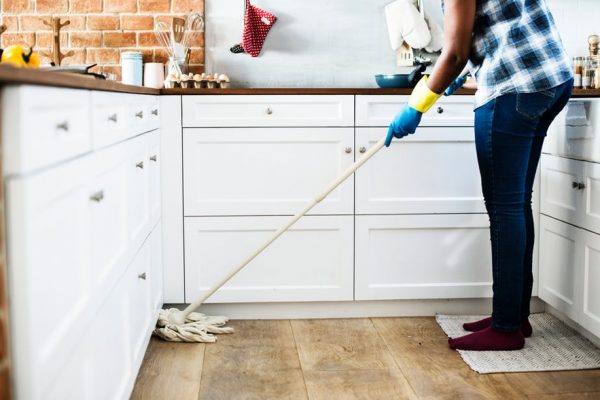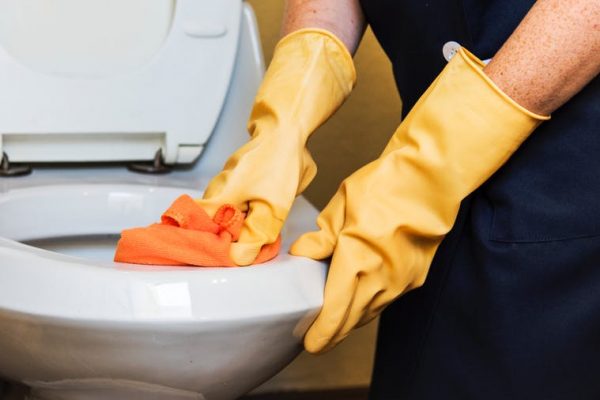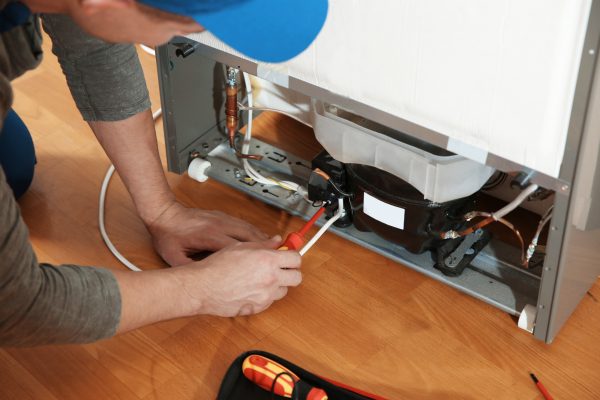Do you know just how important air quality is for your health? Especially indoor air quality?
Let’s just say it’s important enough that the United States Environmental Protection Agency posts an annual air report—titled Our Nation’s Air—letting people know how the air is in cities and towns all over America.
When air quality is poor—and we’ll define in this article exactly what that means—you risk your own health, the health of loved ones, and the health of anyone that’s coming into your home or another indoor area.
Let’s look at how indoor air quality matters, how to test air quality, and some other things you should know about the air your breathing inside your home or in other places.
Table of Contents
What Is Air Quality?
Air quality refers to the air around us and the condition it is in at any given moment. The number of pollutants in the air determine whether the air is high or low quality.
When there are a lot of pollutants—chemicals and other harmful air-borne substances—we are subjected to a number of poor health conditions and issues. Long-term exposure to poor air quality can really do a number on our bodies.
Air Quality Regulations
Do you know the air quality regulations for the U.S.? Passed in 1970, the Clean Air Act put a limit on how much pollutant could be in certain areas. The act was put into place to protect Americans and has been updated several times since 1970 to keep up with environmental research and trends.
The six pollutants named in the act are carbon monoxide, lead, nitrogen dioxide, sulfur dioxide, Ozone, and particulate matter. Knowing this helps you protect your home by ensuring these pollutants are not at excessive levels inside of your home.
How Does Negative Air Quality Affect Health?
Even healthy people can be affected by poor air quality. True, if you suffer from preexisting heart or lung conditions you are likely to have even more problems with bad air. But it’s not limited to just those people.
People vary in their sensitivity to pollution and chemical exposure. If you are healthy—generally speaking—low to moderate levels of air pollution shouldn’t harm you. Elevated levels, though, whether you’re healthy or not, can lead to sickness, respiratory problems, inflammation, heart disease, and even cancer.
Even short-term exposure can lead to itchy or watery eyes, irritated skin, coughing, and colds.
The Scary Truth About Pollutants
The truth is there are many pollutants that can negatively impact air quality, and all of them can lead to different problems.
For example, nitrogen dioxide—a pollutant spurned from heating sources, transportation vehicles, and power generation—can inflame the airways and impact lung function.
A quick Google search will give you enough information on pollutants to call someone right away. We won’t scare you here but just pass along that it’s something you should educate yourself on.
Unfortunately, there are myriad of pollutants that can affect your health. And because it’s in the air, you don’t always know it’s happening.
How Do I Test Air Quality?
If you’re wondering how to test air quality, it varies. Air duct cleaning is an easy solution if you’re willing to outsource. In this case, a trained professional will come to your home, office, or wherever else and not only test the air quality but diagnose it and let you know about services they can provide.
Short of hiring a professional, here are some other ways you can test air quality in your home.
Home Test
You might consider buying a home air quality alarm tester. This is essential for good home care. Standard models not only test for VOCs (volatile organic compounds like chemicals) but temperature and humidity. This way you’ll know if you’re at-home environment is at risk for other pollutants that affect air quality like mold.
Check For Mold
Every six to twelve months—if not more often—you should look around your house for signs or spots of mold. If you smell a certain smell or see something that concerns you, you should follow up on it. Growing black spots, water spots, or areas prone to dampness should be checked more often.
Use An Air Purifier
If there’s a spot in your house that you frequent or worry about, consider getting an air purifier. This is a proven way of getting rid of pollutants that lead to allergies or other problems in your home’s air.
As a pro tip, consider putting an air purifier in your bedroom. If you’re getting enough sleep each night, you are spending at least seven hours there a night anyway. Can’t hurt to have clean air to breathe while you recharge.
Install Carbon Monoxide Monitors
Every floor of your home—if not every other room—should have an active monitoring carbon monoxide device. Be sure to update the batteries as needed so that your family or employees are protected.
Air Quality—Wrapping Up
It’s absolutely essential for you to have quality air inside your home, office, or other places that you frequent. The scary truth is that air pollutants are everywhere and can affect your health in a negative way without you ever knowing until it’s too late.
Short of hiring a professional, there are several things you can do to protect your home or work’s air quality. Use the ideas discussed to protect you and your family’s respiratory systems now and in the future.
Check out more tips for cleaning your home on our blog.











